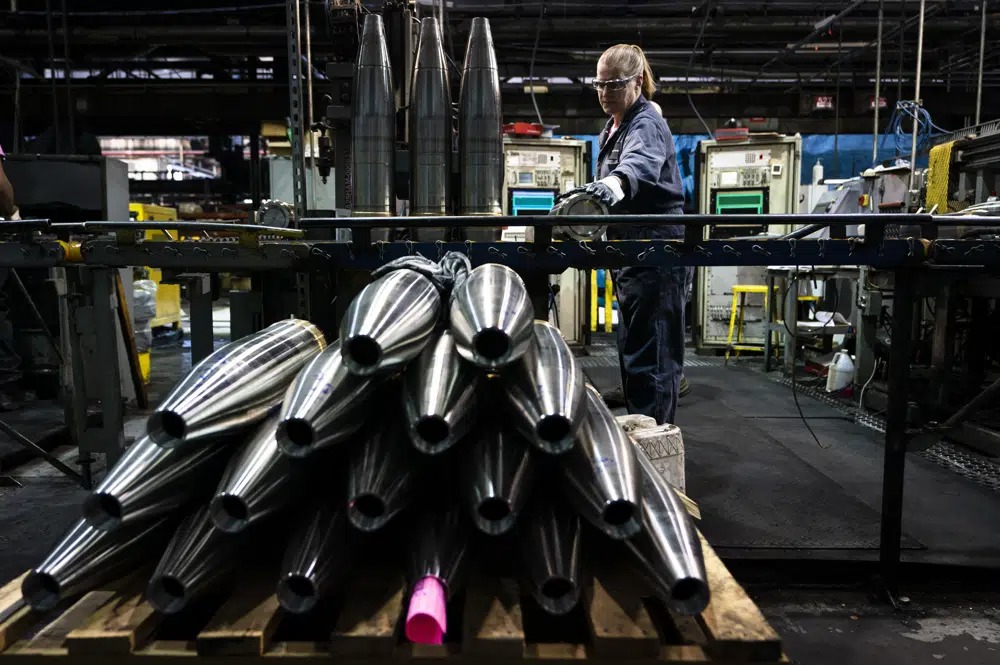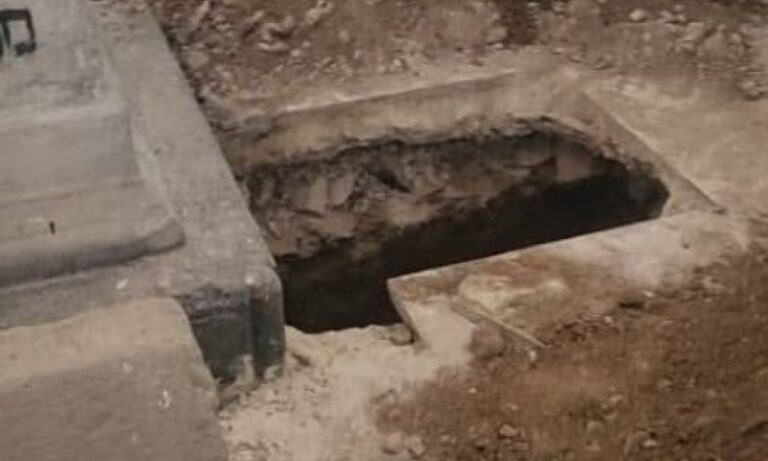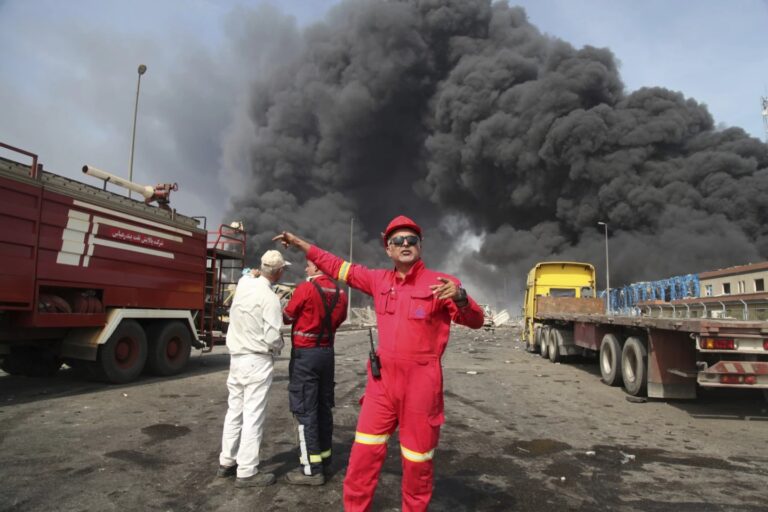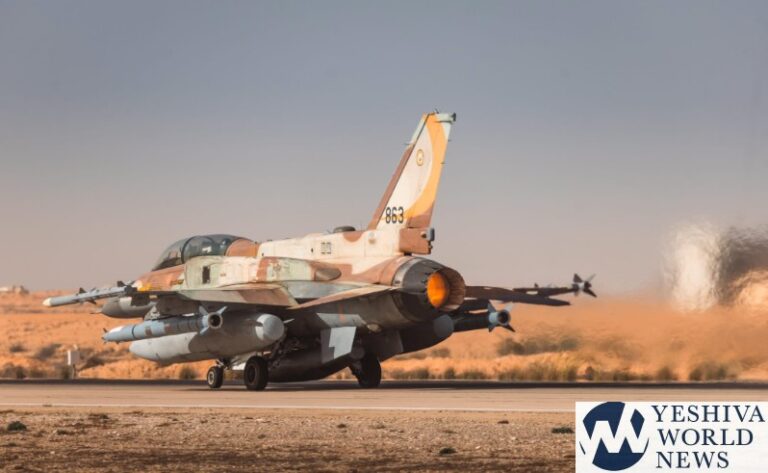One of the most important munitions of the Ukraine war comes from a historic factory in this city built by coal barons, where tons of steel rods are brought in by train to be forged into the artillery shells Kyiv can’t get enough of — and that the U.S. can’t produce fast enough.
The Scranton Army Ammunition Plant is at the vanguard of a multibillion-dollar Pentagon plan to modernize and accelerate its production of ammunition and equipment not only to support Ukraine, but to be ready for a potential conflict with China.
But it is one of just two sites in the U.S. that make the steel bodies for the critical 155 mm howitzer rounds that the U.S. is rushing to Ukraine to help in its grinding fight to repel the Russian invasion in the largest-scale war in Europe since World War II.
The invasion of Ukraine revealed that the U.S. stockpile of 155 mm shells and those of European allies were unprepared to support a major and ongoing conventional land war, sending them scrambling to bolster production. The dwindling supply has alarmed U.S. military planners, and the Army now plans to spend billions on munitions plants around the country in what it calls its most significant transformation in 40 years.
It may not be easy to adapt: practically every square foot of the Scranton plant’s red brick factory buildings — first constructed more than a century ago as a locomotive repair depot — is in use as the Army clears space, expands production to private factories and assembles new supply chains.
There are some things that Army and plant officials in Scranton won’t reveal, including where they get the steel for the shells and exactly how many more rounds this factory can produce.
“That’s what Russia wants to know,” said Justine Barati of the U.S. Army’s Joint Munitions Command.
So far, the U.S. has provided more than $35 billion in weapons and equipment to Ukraine.
The 155 mm shell is one of the most often-requested and supplied items, which also include air defense systems, long-range missiles and tanks.
The rounds, used in howitzer systems, are critical to Ukraine’s fight because they allow the Ukrainians to hit Russian targets up to 20 miles (32 kilometers) away with a highly explosive munition.
“Unfortunately, we understand that the production is very limited and it’s been more than a year of war,” Ukraine parliamentary member Oleksandra Ustinova said at a German Marshall Fund media roundtable in Washington on Monday. “But unfortunately we are very dependent on 155.”
The Army is spending about $1.5 billion to ramp up production of 155 mm rounds from 14,000 a month before Russia invaded Ukraine to over 85,000 a month by 2028, U.S. Army Undersecretary Gabe Camarillo told a symposium last month.
Already, the U.S. military has given Ukraine more than 1.5 million rounds of 155 mm ammunition, according to Army figures.
But even with higher near-term production rates, the U.S. cannot replenish its stockpile or catch up to the usage pace in Ukraine, where officials estimate that the Ukrainian military is firing 6,000 to 8,000 shells per day. In other words, two days’ worth of shells fired by Ukraine equates to the United States’ monthly pre-war production figure.
“This could become a crisis. With the front line now mostly stationary, artillery has become the most important combat arm,” said a January report by the Washington-based Center for Strategic and International Studies.
Currently, the metal bodies for the 155 mm shells are made at the Army’s Scranton plant, operated by General Dynamics, and at a General Dynamics-owned plant in nearby Wilkes-Barre, officials say.
Together, the plants are under contract for 24,000 shells per month, with an additional $217 million Army task order to further boost production, although officials won’t say how many more 155 mm shells are sought by the task order.
The Russians are firing 40,000 shells per day, said Ustinova, who serves on Ukraine’s wartime oversight committee.
“So we’re doing five times less than they do and trying to keep it up. But if we don’t start the production lines, if you don’t warm it up, it is going to be a huge problem,” Ustinova said.
The obstacles the U.S. faces in ramping up production can be seen at the Scranton plant.
The factory — built for the Delaware, Lackawanna and Western Railroad just after 1900, when the city was a rising coal and railroad powerhouse — has produced large-caliber ammunition for the military going back to the Korean War.
But the buildings are on the National Historic Registry of Historic Places, limiting how the Army can alter the structures.
Inside, the floor is crowded with piles of shells, defunct equipment and production lines where robotic arms, saws, presses and other machines cut, heat, forge, temper, pressure test, wash and paint the shells.
The plant is in the midst of $120 million in modernization plans and the Army hopes to open a new production line there by 2025.
Still, clearing space for it has been a complicated task while the military adds newer machinery to make existing lines more efficient.
“There’s a lot going on,” said Richard Hansen, the Army commander’s representative at the plant.
Meanwhile, the Army is expanding supply chains for parts — metal shells, explosive fill, charges that shoot the shell and fuses — and buying the massive machines that do the work.
The Army has new contracts with plants in Texas and Canada to make 155 mm shells, said Douglas Bush, an assistant Army secretary and its chief weapons buyer. The U.S. is also looking overseas to allies to expand production, Bush said.
Once the shells are finished in Scranton, they are shipped to the Iowa Army Ammunition Plant, where they are packed with explosives, fitted with fuses and packaged for final delivery.
The Scranton plant is ill-suited for that task: an accident with an explosive could be devastating.
“If we had a mishap here,” Hansen said, “we take half of the city with us.”
(AP)












3 Responses
Stop providing raw materias such as steel and the war is over!
https://www.jmc.army.mil/Installations.aspx?id=ScrantonOverview
Just pointing out that based solely on this article, you can calculate that the Ukrainians are using about 240,000 shells per month, while current US production levels are (per this article) around 24,000 shells per month (the difference is a factor of 10!)
Assuming the USA only provides the Ukrainians half the shells that they sort in a given month, we can extrapolate from there that the reduction in strategic stockpiles is around 96,000 shells per month!
We don’t know what the stockpiles were prior to the war, or what the pentagon considers to be critical, but based on these assumptions the stockpiles were likely reduced since the war began by at least a million shells.
To whom it may concern:
Please pass the memo
Today’s 21 century the wars are fought not by bullets and guns.
IF you want to win a war you use intelligence, Cyber technology, drones, AI and advance military war machines and strategy.
In the Rats worlds
You sale your most important strategic assets like Uranium to enemy. You allow them to buy “agricultural” land and “weather spy UFO” near to, or roam around most sensitive military areas in different locations and allow terrorists enter the country from , ahhh Iran, and Asia and give the free healthcare and education and let them colonize Police stations in homeland states and then blame your opponents for stallings economic policies.
Making bullets my dear friends are to be used against US citizens and or given to Ukraine with additional subsidies to prolong the war and stay in power.
Shhhhhsh just follow the news. Biden is sleeping and his handlers are running the country to the ground.